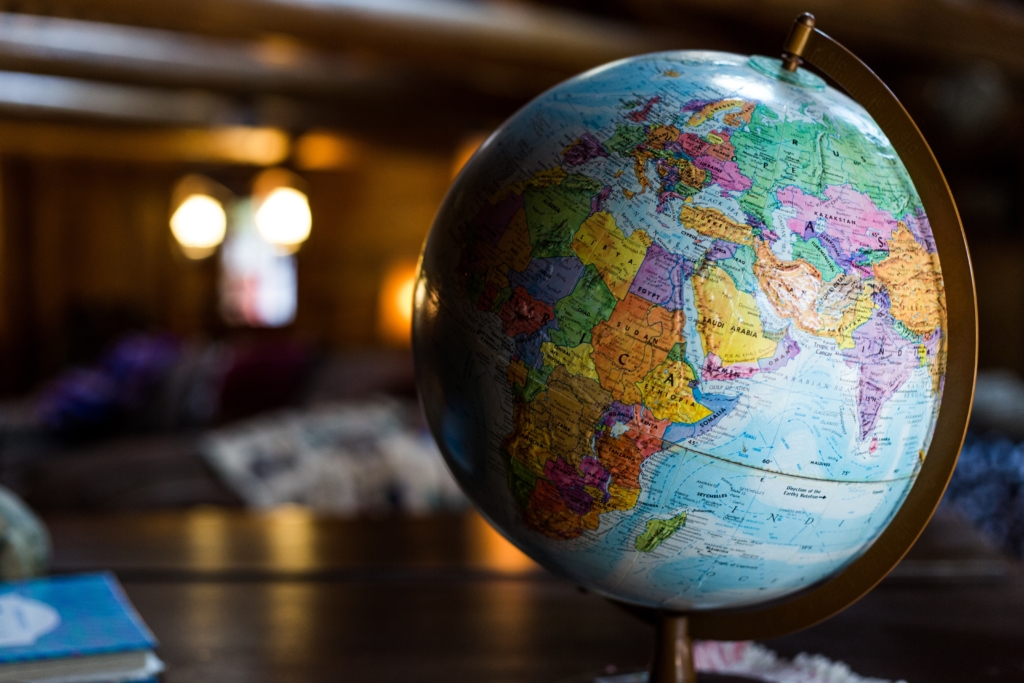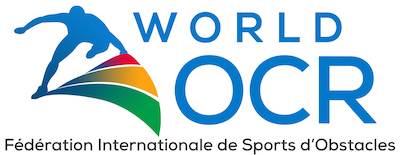What is World OCR?
Unlike Spartan or Tough Mudder or OCRWC, which are for-profit race companies and brands, World OCR, is an International Sports Federation/Governing Body. In their own words:
“World OCR is a not-for-profit independent international organisation made up of volunteers to represent the needs of the athletes. The President presides over all its activities, while the Congress and Executive Committee are responsible for taking the main decisions for the organisation. Member national federations represent the athletes in the FISO Congress and propose and vote on policies and rules for their benefit.”
Wait, what is this “FISO” thing? Well, since the modern Olympics were started by a Frenchman, and since the International Olympic Committee (IOC) headquarters are in Switzerland, French is the first language of all things Olympics. “FISO,” pronounced “fee-so” stands for “Federation Internationale de Sports d’Obstacles”, which translates as the “International Federation of Obstacle Sports”. The fact that it refers to itself as “World OCR” in English instead of the standard translation of their French name helps make the link to OCR obvious to casual observers. It can, however, be confusing if you are expecting the standard international sports federation naming conventions. To be clear: World OCR and FISO are the same thing.
So now that we know what World OCR is, what is it good for?
Why Have an International Federation/Governing Body?
International Sports Federations have two main goals. The first is to represent the needs of the athletes and the second is to bring the “sport” under standard and consistent sets of rules, guidelines, policies, and definitions. This is done to make the sport better, safer, and in many cases more affordable for the athletes. It does not restrict how the sport grows and develops. In fact, one of the goals of World OCR is to encourage and assist in the development of obstacles, formats, and the evolution of races.
The sometimes unstated goal of most sports governing bodies is to try to meet the IOC’s requirements as a recognized sport, which means they are eligible to apply for medal event inclusion in the Olympics. According to the IOC:
A sport is that which is governed by an International Federation (IF).
A discipline is a branch of a sport comprising one or more events.
An event is a competition in a sport or discipline that gives rise to a ranking.
Thus, skiing is a sport, while cross-country skiing, Alpine skiing, snowboarding, ski jumping and Nordic combined are disciplines. Alpine skiing is a discipline, while the super-G, giant slalom, slalom and combined are events.
Things just got a bit more complicated. Read on.
How do Sports, Disciplines, and Events Apply to OCR?
This will involve expanding and clarifying what is included under the sport of “OCR”. Here is a brief video clip of World OCR President Ian Adamson explaining about the sport vs the disciplines vs the events. Courtesy OCRTube.com
NINJA OCR and Obstacle Course Racing
How NINJA OCR relates to Obstacle Course Racing VIA Ian Adamson, President of World OCR – Fédération Internationale de Sports d'Obstacles:
Posted by OCRTUBE.com on Sunday, September 22, 2019
Highlights
- OCR is a sport with a number of disciplines and events, like track and field
- Individually, the events are NOT the sport, but collectively they are
- Traditional cross-country OCR has the highest participation, but lowest viewership
- Ninja races have the lowest participation, but the highest viewership
- The Ninja discipline includes head-to-head races (Ninja OCR) and Ninja Competitions, which are timed but not head to head.
- Most events include both individual as well as mixed relay and team assist (all team members working together) competitions
The current list of disciplines and events under the World OCR umbrella can be found here.
My Thoughts
The inclusion of Ninja races would seem to require pricey Ninja rigs, which almost no OCR race organization currently has access to. As such, any World OCR championships will likely need 2 race organizations to put on the event in order to be able to present sprint through to 15kms OCR as well as Ninja courses.
I got a quick response from World OCR on that: “We have a single event producer for the FISO World Champs, which includes Ninja OCR, Short Course (3K) and Standard Distance (12+K). Same in the OCR Asian Championships – one event producer will organize all events. Our global commercial partner for Ninja OCR is the ATS Team, which does all the builds for the Ninja Warrior TV shows in 39 countries.”
Including Adventure Racing (AR) as a discipline can work, but it needs to define disciplines and events, as there are as many variants within AR as there are within OCR. Expect an announcement on an AR World Series shortly.
When and How did World OCR get Started?
This all started with a conversation between Ian Adamson and Joe De Sena sometime in 2013. Joe wanted to know if his fledgling race could make it to the Olympics, and after some digging, they found out that no, it could not, for several fundamental reasons. The biggest obstacles were that a) a brand cannot be a sport in the eyes of the IOC and b) it needs to be a member-based, democratic, non-profit governing body.
For the full details about the origins of World OCR check out the first bits of OCR Audio’s interview with Ian Adamson from 2018.
Have There Been Any World OCR Events Yet?
Yes, there have been events since the organization was formed in 2016. The big ones from the OCR perspective have been the OCR European Championships in Holland (2016, 2017), Denmark (2018) and Poland (2019). OCR Europe, the European Obstacle Sports Federation (EOSF) is the association of World OCR members representing the athletes in continental Europe. Ian Adamson discusses some of the growing pains they experienced with the Euro Champs in 2018 during the OCR Audio interview linked above.
For a racer’s perspective, Jon Albon’s reports on how things went at the 2018 European Championships in both the short course and classic course races.
If you want to see what the 2018 sprint course looked like, check out this video featuring the winner, Danish racer Leon Koefed.
Other World OCR championships that likely flew under our radars in the Americas were the OCR Asia-Pacific Championships 2018 and 2019. Looking ahead, there will be 6 medal events for OCR at the 2019 South East Asian Games in the Philippines running from November 30 through December 12.
Part of the reason these events have flown under the radar may be the low attendance. For example, at this year's USA OCR National Championships in Columbus, OH, participants included 8 elite men, 2 elite females, 60 AG athletes, and 24 open wave athletes.
World OCR World Championships in 2020?
This has all come to the attention of people in the Americas due to the announcement of the first-ever FISO World Championship, to be held in 2020.
For the latest information about this event, check out the World Championships page on the World OCR site.
- September 17-20, Rosa Khutor ski resort, Sochi, Russia
- Registration open November 2019
- Events will include Ninja OCR, 3 km OCR (20+ obstacles) and 12+ km OCR (50+ obstacles)
- Qualification criteria
Ian Adamson also has a good discussion about the 2020 FISO world champs on OCR Audio.
Aren’t the OCRWC Races the OCR World Championships?
Technically, no. OCRWC is an OCR brand owned by Adventurey LLC, a New York Corporation, just like Toughest, Spartan, Tough Mudder, Mud Hero, etc. A brand is not the sport. This is no criticism of any race brands, it is simply a fundamental difference in how international sports are defined and recognized by the IOC and other major Games. On the flipside, OCRWC has pretty much been the de facto OCR World Championship for the past 5 years.
World OCR Athlete Commission Chair Lindsay Webster explains her views on the difference in her Instagram stories.
Danish racer Leon Kofoed’s also had a Q and A about the races on Instagram.
GET INVOLVED!
If you want a say in how the sport develops along this track, then get involved.




Hoping it becomes an Olympic event one day.